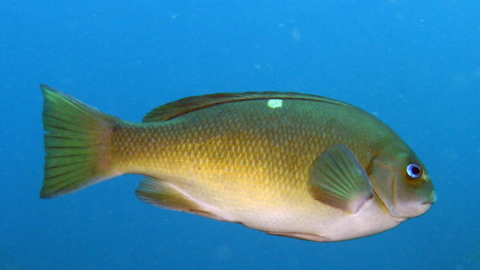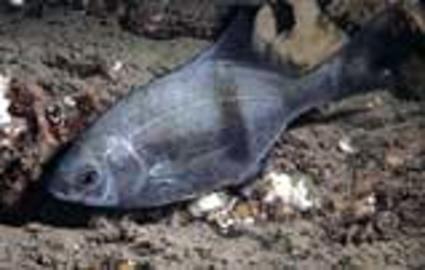Gran Bahia Principe Resorts is located on the Mexican Riviera, approximately 2 hours south of Cancun. REEF has worked this past year with the resort to develop a monitoring and protection plan for their inshore and offshore reefs.
Package includes 7 nights accommodations at the Gran Bahia Principe Resort and 7 boat dives with Bahia Divers (onsite) and 3 snorkels in inshore protected area (non-diving spouses welcome). All meals are included and are in very nice restaurants with closed and open-air seating. Two dinners in choice of one of the fancier restaurants also included.
8 days/7 nights - $1,110, includes oceanfront accommodations with private balcony, all meals, unlimited shore diving from resort beach, 3 boat dives per day, airport transfers from Utila airport, and 16% Honduran tax.($1,500 single occupancy, $870 non-diver)
7 nights/8 days - $1,063, includes lodging in a one-bedroom apartment, 6 days of 1-tank AM boat dives, unlimited shore dives, pickup truck rental (1 per room, double occupancy), daily breakfast, and airport transfers. ($1,482 single occupancy in a studio apartment, $825 non-diver)
Rounded, football shaped profile. Olive-green, often shaded with blue. Common S. California; occasional to uncommon north to Oregon.
Thin-bodied; football-shaped profile. Silvery gray, occasionally brownish. Deeply forked tail. Common central California to B.C.


